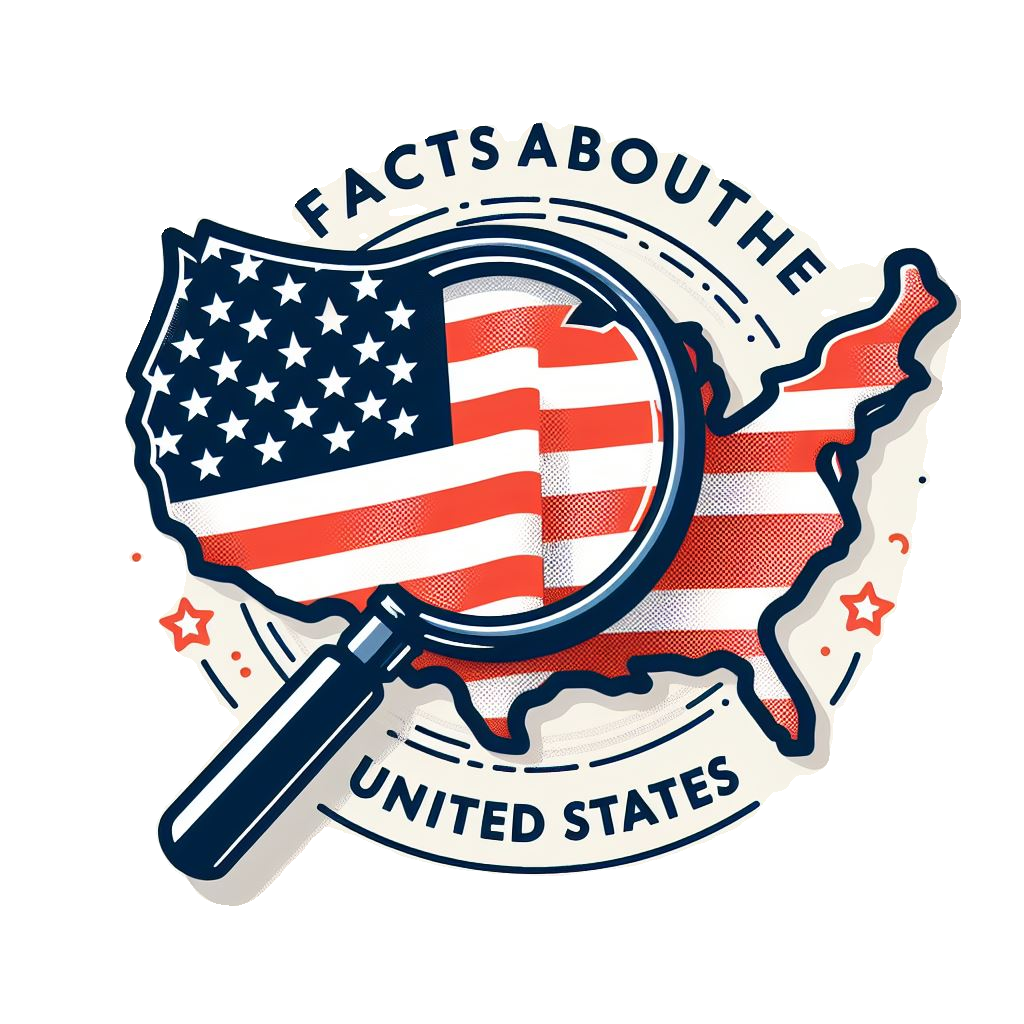The Balancing Act: A Look Inside the U.S. Government
Imagine a giant three-legged stool. Each leg is equally important, and if one breaks, the whole thing goes tumbling down. That’s kind of how the U.S. government works! Divided into three branches, it’s a system designed to make sure no one branch gets too powerful. Let’s dive in and meet the key players!
The Lawmakers: Branch #1 – Legislative
Ever heard of Congress? That’s the legislative branch, and it’s like the giant talk show of the government. Here, two groups of elected officials, the Senate and the House of Representatives, debate and write the laws of the land. Think of them as the scriptwriters for the country’s operation manual, the U.S. Constitution. They can also hold hearings, kind of like interviews with important figures, to make sure everyone’s on the same page.
The Enforcers: Branch #2 – Executive
Picture the president as the head chef in the U.S. government kitchen. The executive branch, led by the president, is responsible for carrying out the laws passed by Congress. The president has a cabinet of advisors, like sous chefs, who help manage different areas like defense, education, and foreign affairs. There are also numerous federal agencies, like the FBI or the Environmental Protection Agency (EPA), that take care of specific tasks, ensuring the smooth running of the country.
The Judges: Branch #3 – Judicial
Imagine a courtroom scene, but instead of a single judge, there’s a whole Supreme Court! The judicial branch is the umpire of the government game. These judges interpret the laws and make sure they align with the Constitution. They also settle disputes between states or even between the government and citizens. Think of them as the final say on how the rulebook, the Constitution, is applied.
Checks and Balances: Keeping it Fair
Remember the three-legged stool? Each branch has a way to check the power of the others. For example, the president can veto (fancy word for reject) laws passed by Congress, but Congress can override that veto with a supermajority vote. It’s a constant balancing act to make sure no single branch gets too much control.
This system, designed by the brilliant minds behind the U.S. Constitution, has been in place for over 200 years! It’s not perfect, but it’s a pretty cool way to ensure a government that works for the people, by the people.




